Fall is a fantastic time to be in the garden. Soon enough there will be a killing frost; once that happens, it's time to tuck your garden into bed for the winter. Our first frost date is unpredictable in terms of regions and microclimates. The first frost date for Raleigh, North Carolina, as calculated by NC State University, is November 5. I live about 4 miles away from NC State, and my garden's average frost date is October 31. If you are cutting it close with chores, watch your local weather carefully to get them done before the first killing frost hits.
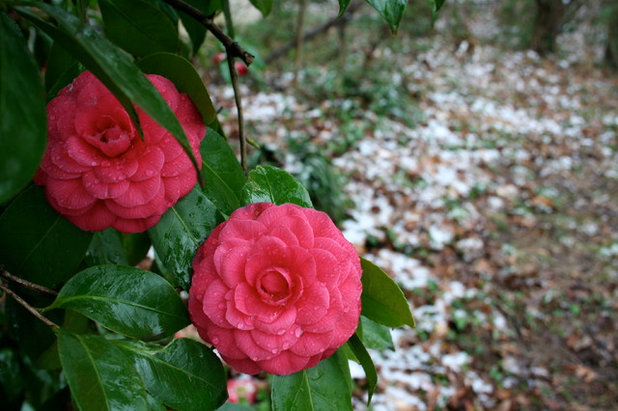
Gardening with Confidence®
Camellias. Camellias are a beautiful plant all year long, but fall and winter begins their flowering seasons — they flower at a time when little else is in bloom.
Mulch your camellia plants well with a material that will allow air to flow, such as pine needles or pine bark. Avoid flat leaves, as they tend to mat, get soggy and prevent air from reaching the top of the root area. The mulch will serve as a blanket, keeping the soil temperature above 25 degrees Fahrenheit.
Camellias should be protected from cold, drying winds. If possible, site young plants in an area with a natural windbreak on the north and northwest sides. If this is not possible, some sort of artificial windbreak may be necessary, such as a wooden fence.
If your plants are in containers, group them together in a protected area and mulch deeply around the container. For additional insulation, add pine needles over the top of any plants that may remain unprotected in cold weather.
Camellia plants become dormant after three or four days when temperatures reach below 40 degrees. Let them sleep. While they are dormant, the roots are still growing and the buds further develop into blooms.
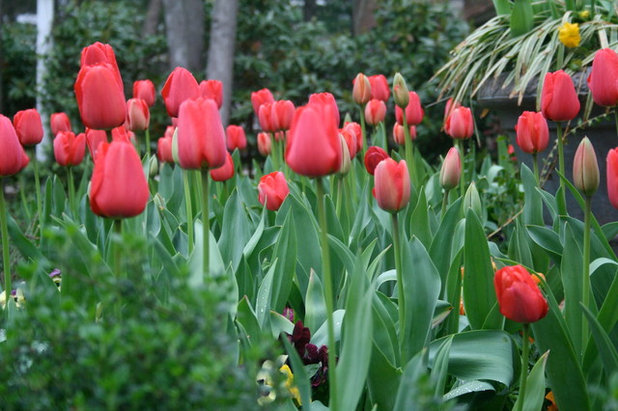
Gardening with Confidence®
Bulb time. November is the best time to plant most spring-flowering bulbs. Mix in some lime and a balanced fertilizer, like 10-10-10 or a special bulb mixture (9-9-6), at planting time.
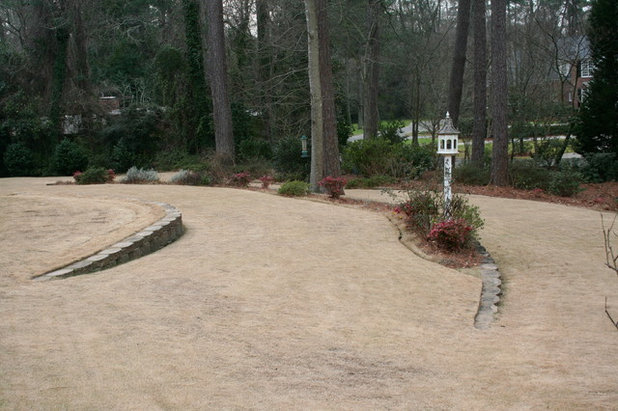
Gardening with Confidence®
Lawns. Later this month after your last mowing, service your mower before putting it away.
Drain the gas tank (or in my case, I give the lawn one last cut to run the gas out and tidy up), or use a gasoline stabilizer — untreated gasoline can become thick and gummy. Remove the spark plug and add a few drops of oil to help lubricate the cylinder. You can then replace the spark plug now or wait until the spring.
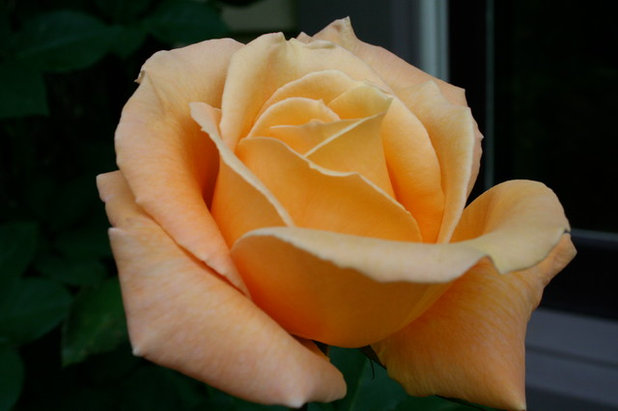
Gardening with Confidence®
Rose disease prevention. To help prevent rose diseases, rake the beds of any fallen leaves. Removing some of the mulch exposed to the rose foliage is a good idea as well. These leaves and exposed mulch can harbor blackspot spores that can overwinter in the leaves. Top-dress the garden with fresh minichip mulch.

Gardening with Confidence®
Transplant roses. It is not time to plant bare-root roses or container roses, but it is a good time to transplant them.
If you have a rose that has outgrown its spot or needs better light, or you just want it in an area that's more easily viewable and enjoyable, November is a good month to move roses.
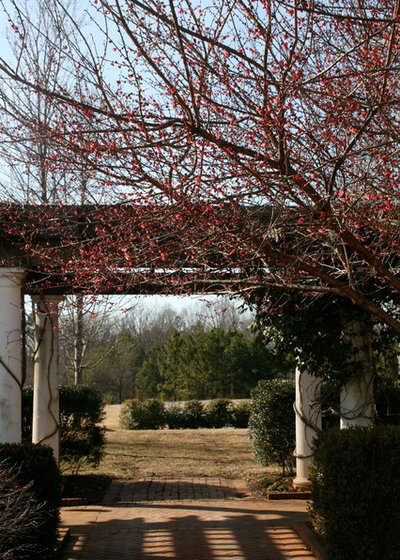
Gardening with Confidence®
Delay pruning trees and shrubs. Delay pruning until late winter, except for minor shaping and to remove dead and diseased wood.
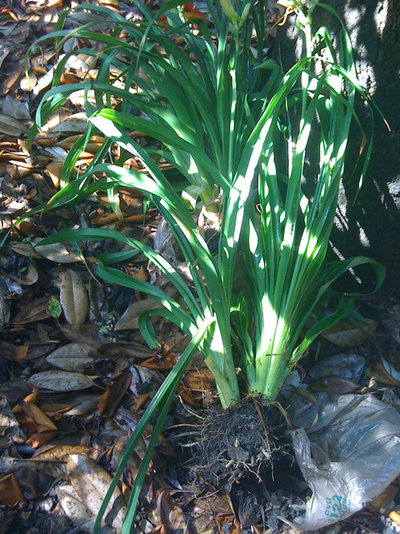
Gardening with Confidence®
Divide perennials. Most spring and summer perennials can still be divided through early winter. Water well before and after dividing.
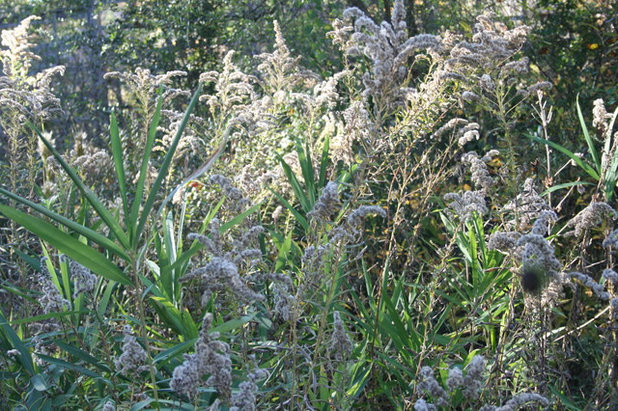
Gardening with Confidence®
Cut back perennials — or not. Perennials can be cut back after the frost; however, many perennials give the garden an interesting look in the winter and still provide cover and food for wildlife. Consider waiting until spring to cut them back.
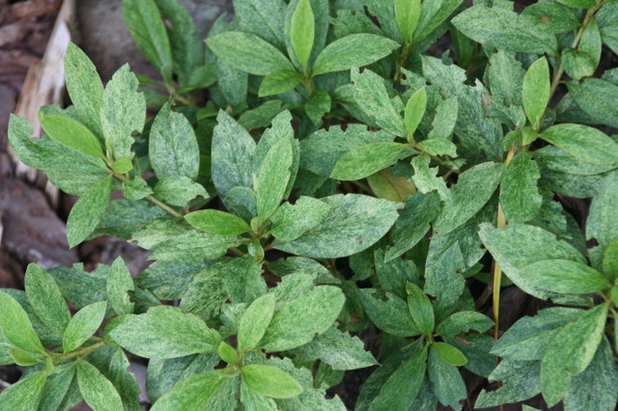
Gardening with Confidence®
Pests. Watch for cool-season mites on junipers, conifers, azaleas, hollies and camellias. Infested leaves turn gray or brown and may fall prematurely. Heavily infested shrubs and conifers may die.
Use the white-paper test: Place a piece of white paper under the stem and shake a stem of the plant, then see if any mites show up on the paper. They're smaller than a period in a sentence.





